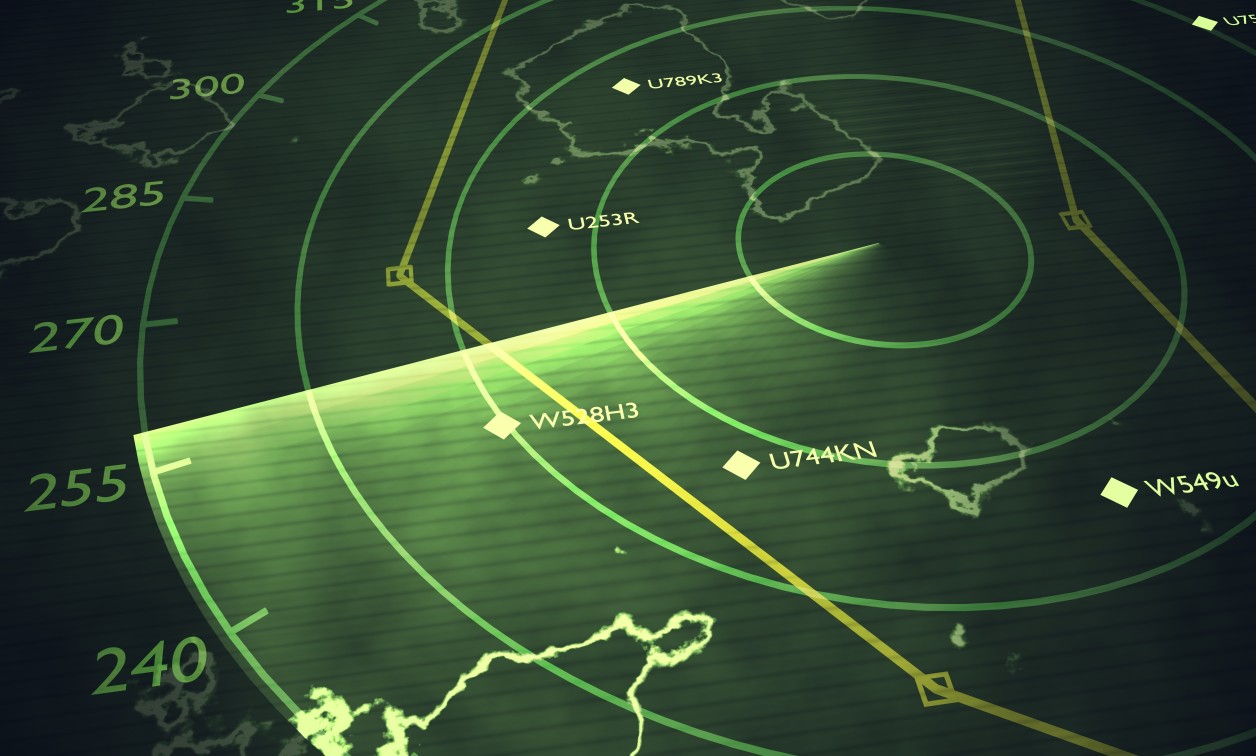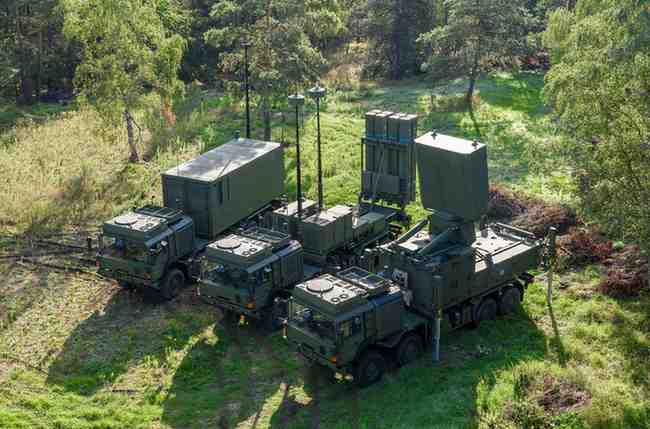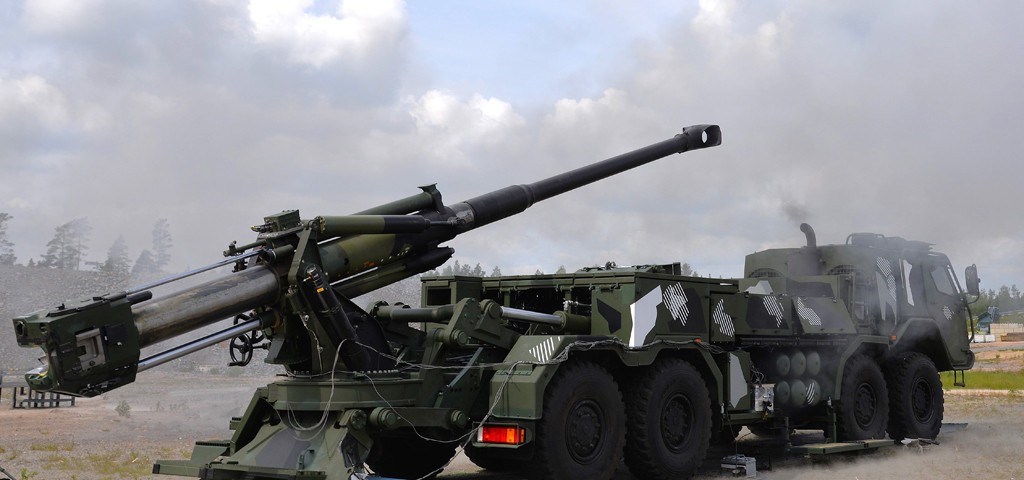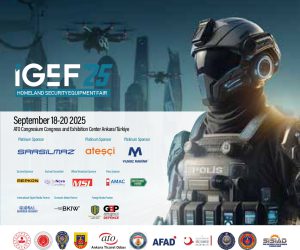With the further intensification of the Russia-Ukraine war, the financial and economic ripple effects are being experienced across the globe. Nevertheless, as Sun Tzu says, even in the middle of the chaos there is an opportunity, in a similar manner, the war brings an opportunity for innovation in the defense arena. The war provided an autopsy of existing tools and techniques of conventional warfare as well as it indicated various loopholes to be addressed.
The very conflict reflects that war is an ever-existing reality and its possibility cannot be ignored even in the most idealistic environment. A state should remain battle ready in either circumstance and this principle should be inculcated in the mindsets of the fighting forces. Pakistan has a belligerent putative rival, therefore, its forces must always remain on their toes.
No matter the numerical strength of India, the war in Eastern Europe exhibited that Ukraine despite barely being a military competitor to Russia has inflicted heavy losses and retreats. Hence, the pivot of the fighting forces must always remain intact.
Electronic Warfare
Thomas H. Moerer, ex-chairman of the United States Joint Chief of Staff, once opined that “If there is a World War III, the winner will be the side that can best control and manage the electromagnetic spectrum”.
Electronic warfare (EW) enhances one’s forces and enables the command to be updated about the real-time battlefield scenario. This modern warfare tool practically makes the enemy forces dumb and paralyzed on the battlefield. Amid advancements in radio, radar, and communication technologies, electronic warfare is also progressing at a rapid pace. It has in fact revolutionized the way of fighting a battle. As a precedent, states around the globe are investing in research and development in this arena.
As of now, tools of Electromagnetic warfare are being brought into usage in the Russia-Ukraine war, rendering it an unavoidable part of modern battles, thus, incorporated into the military fabrics respectively. The field has grown at a very fast rate for the past decades and continues evolving with advancements in technology.
EW system has remained the core arsenal of both Russia and Ukraine in the ongoing war, primarily to disrupt and jam electronic and GPS signals from weapons and drones. It is to be realized, that the concept of electronic warfare is not only cramped to the land forces but also covers air and naval domains.
Its adaptability of far greater spectrum provides an even more comprehensive picture of the battlefield, the system has been impactful as Russia has claimed to have destroyed at least 1,700 Ukrainian drones since the start of the war.
Although both countries have made use of the technology, Russia in particular has invested in a wide range of equipments from tactical close-range systems to ones that can supposedly disrupt enemies dozens of kilometers away. While Ukrainian EW systems are being developed by two private companies — Ukrspetszvyazok and Proximus producing weapons like Enclave, Bukovel, and Prometheus-MF5.
Advent of Drones
Use of drone technology has also created a new dimension to the warfare, both warring states have utilized the available resources.Use of drones has made the targets access more precise and accurate, reducing the casualties rate. Drones played an outsized impact in Ukraine’s endeavors to locate infantry and plan out assaults in its conflict with Russia.
The efforts get foiled by an imperceptible foe: Russia’s EW advantage and in this manner Ukrainian systems face several challenges. Most commonly used drones by Russia against Ukraine are dubbed “Orlan,” it can fly at an altitude of 5,500-6,500 meters, where Ukrainian electronic warfare systems can’t reach. Russia has currently used Iranian drones as well, that are said to be more resistant to electronic warfare systems.
Ukrainian military uses the U.S. L3Harris systems. Elon Musk’s Star link has remained undefeated tool used by Ukrainians. The Russians can locate them, however, deciphering this internet stream is not possible yet.
Narrative building
Additionally, in the contemporary environment of hybrid warfare, where through disinformation campaign the adversaries are required to be countered by injecting an effective narrative. For instance, in order to neutralize enemy’s propaganda, domestic audience should be made aware of the sacrifices of the fighting forces. This will help endure the pains and frustrate the enemies. The very phenomenon help sustain the gains over a long time. Ukrainian forces effectively utilized the very phenomenon and their public was enthusiastically fighting along their forces.
Conclusion
It is to be realized that the Russo-Ukrainian war has greatly impacted international security, and stakeholders around the globe are considering it as an opportunity in crisis for the betterment of their military fabric for any potential conflict.
Pakistan has a lot to learn from the ongoing war, keeping in view the belligerent Saffronized India. Therefore, Pakistan should commence to realize the significance of EW and upgrade its game in this regard. Artificial Intelligence thought it started efforts in the electronic warfare domain back in 1988 which saw a major thaw in 2008. The state-of-the-art application of C4 I2 has been the winning mantra. However, nuclear Pakistan challenges almost all the dimensions of the power equation and balance in South Asia. The most important lesson learned is “self-reliance to protect national sovereignty.” The Russia-Ukraine war has proved the futility of extended deterrence or integrated deterrence.
Yet, the efforts have proved to be more fruitful in many instances by providing early warning and effectively making the enemy communication paralyzed. One of the major successes is the production of Shahpar, a medium-range tactical UAV System with autonomous take-off and landing. It can carry various types of payloads integrated for reconnaissance and day & night surveillance. Nevertheless, major upgrades in this path should high on the agenda for Pakistan.
Author:

Abdul Basit is an Assistant Research Officer at the Center for International Strategic Studies, AJK.
- Global Defense Insighthttps://defensetalks.com/author/umair/
- Global Defense Insighthttps://defensetalks.com/author/umair/
- Global Defense Insighthttps://defensetalks.com/author/umair/
- Global Defense Insighthttps://defensetalks.com/author/umair/













